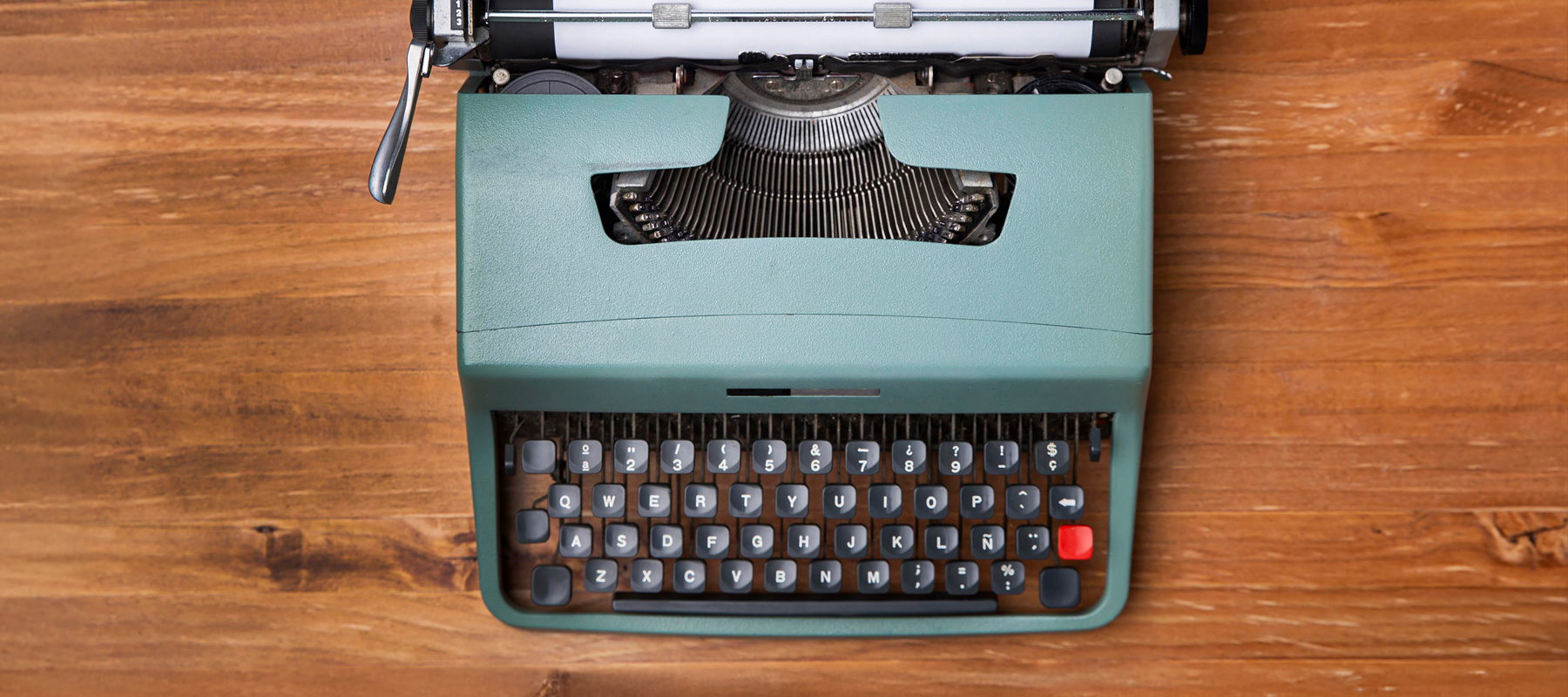Introduction
Have you ever wondered why the letters on the keyboard of your computer or phone are laid out like they are? We have a trio of inventors to thank for that. On June 23rd of 1868 (a day now widely celebrated as International Typewriter Day), Christopher Sholes, Carlos Glidden, and J.W. Soule were issued U.S. Patent No. 79,265 for a “type-writing machine.” The way the letters were arranged on their first “type-writer” is basically the way that we see them on most of today’s keyboards.
The Sholes & Glidden Type-Writer
The first product to emerge from that patent was the 1873 Sholes & Glidden Type-Writer. The first truly commercially-viable typewriter came out of an agreement with the Remington Arms Company, which signed a contract in March of 1873 and began producing machines in September of that same year. This model was called the Remington Model 1.

The Remington 1
In some important ways, the Remington 1 typewriter is similar to many typewriter designs that followed it. The paper rolls onto a cylinder. The carriage advances as letters are struck. There is a carriage-return mechanism. An inked ribbon is struck to transfer the image of the letter to the paper. The positions of the characters on the keyboard are arranged in four rows with numbers on the top and the alphabet starting on the second row from the top with the letters Q, W, E, R, T, Y, etc. (in the configuration commonly known as QWERTY) at the left.
The biggest difference that one might notice today is that the Remington 1 did not have a shift key — the Remington Model 1 could only print upper-case letters. A typewriter with a shift key and lower-case letters did not appear until the Remington 2 was released in 1878.
ETAOINSHRDLU: The Linotype Connection
One early user of the typewriter was a court reporter named James Ogilvie Clephane. Clephane was seeking ways to simplify the process of reproducing legal materials. He had an idea for using litho stones to do this that he ran by a German immigrant named Ottmar Mergenthaler who worked in a nearby machine shop. Mergenthaler had another approach in mind and worked with Clephane to fund the development of a new machine that both men believed would be valuable to newspaper publishers.
Clephane thought that this device, an early precursor to the Linotype machine, should have a keyboard like the typewriter. Mergenthaler felt that the layout of the typewriter keyboard was illogical. He laid out the keyboard by the frequency that each letter appeared in the English language.

QWERTY to ETAOINSHRDLU
Though Clephane had tried to convince Mergenthaler to use a QWERTY typewriter keyboard, that didn’t happen. The result was that many trained Linotype operators were unfamiliar with typing on a QWERTY keyboard. Smith Premier even introduced a typewriter with an ETAOINSHRDLU keyboard in the hope that it would catch on with Linotype operators.

The Bottom Line
Technology rarely follows a straight line, but the arrangement of letters on a QWERTY keyboard has had a remarkably straight path. This is despite various alternatives, and perhaps even better ones. Once large numbers of people had learned to type on QWERTY keyboards, it became more difficult to convince people to switch to something else. The success of the Linotype machine built up a large contingent of operators familiar with an ETAOINSHRDLU keyboard, and yet today, very few people can still type efficiently on one.
Author bio: Jim Hamilton of Green Harbor Publications is an industry analyst, market researcher, writer, and public speaker. For many years he was Group Director in charge of InfoTrends’ Production Digital Printing & Publishing consulting services. He has a BA in German from Amherst College and a Master’s in Printing Technology from the Rochester Institute of Technology.


